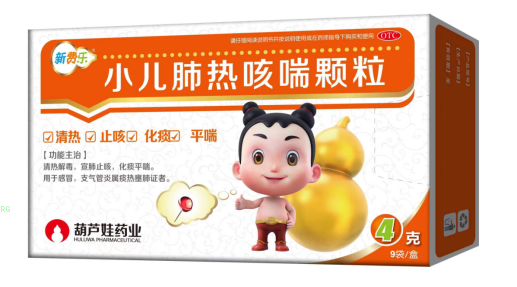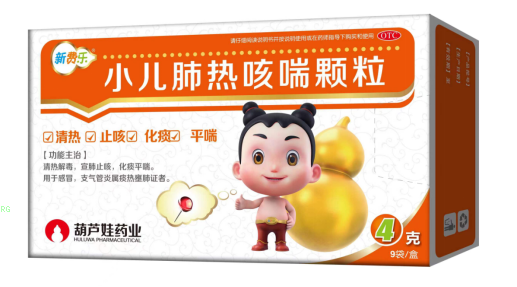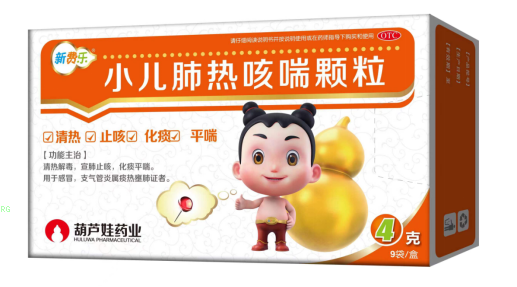Quick drying clothes mainly use synthetic fabrics such as polyester fiber, nylon, and spandex, and achieve fast sweat wicking and breathable function through special processes.

1. Polyester Fiber:
Polyester fiber is the most commonly used fabric for quick drying clothes, accounting for over 60%. Its molecular structure has strong hydrophobicity and can quickly adsorb sweat from the skin surface to the outside of fibers, achieving quick drying effect by increasing the evaporation area. The processing technology includes adding fibers with irregular cross-sections such as cross shaped and Y-shaped fibers to enhance capillary effect, or adding titanium dioxide particles to improve UV protection. Daily cleaning should avoid residual fabric softeners blocking fiber pores.
2. Nylon Material:
Nylon has four times the wear resistance of polyester fiber and is commonly used in the easily worn parts of hiking speed drying clothes. Its moisture absorption rate is 30% faster than polyester, but the water diffusion rate is slightly slower. High end products will use a blend of 6,6-nylon and elastic fibers, which maintains a 15% -20% stretch and accelerates moisture flow to the outer layer through siphon mesh texture. Be careful to avoid washing at temperatures above 40 ℃ to prevent fiber deformation.
3. Spandex blend:
A blend fabric containing 5% -15% spandex gives quick drying clothes four-way elasticity, suitable for large-scale exercises such as yoga. Coolmax developed by DuPont ® The technology combines spandex and polyester, with four sweat wicking channels designed inside the fibers, increasing humidity management efficiency by 40%. This type of clothing needs to be laid flat and dried, as mechanical dehydration can cause the elastic fibers to break.
4. Special treatment process:
Some high-end fabrics adopt permanent hydrophilic finishing technology, such as Polygiene ® Silver salt treatment inhibits bacterial growth while maintaining fast drying performance. Colombian brand Omni Wick ™ The technology uses laser drilling to form a group of micro breathable holes, with a water evaporation rate 2.5 times faster than ordinary fabrics. This type of functional treatment should avoid using chlorine bleach.
5. Natural fiber improvement:
A few products may mix 5% -10% Tencel ™ Lyocell fiber, a regenerated cellulose extracted from eucalyptus trees, has natural moisture absorption and can be blended with synthetic fibers to reduce static electricity generation. However, pure natural fabrics such as cotton and linen, due to their fibers absorbing water and expanding, actually reduce their quick drying properties, making them only suitable for adding to low-intensity sports styles.
When choosing quick drying clothes, it is recommended to match different fabrics according to the sports scene. For high-intensity sports, styles with polyester fibers accounting for more than 80% are preferred. For daily commuting, natural fiber blends can be considered. When cleaning, use neutral detergent and hand wash with cold water to avoid direct sunlight and protect the fiber's water repellent coating. Paired with compression pants or sweatbands can further enhance sweat wicking efficiency. It is important to replace them promptly after exercise to prevent muscle stiffness caused by dampness and coldness.






Comments (0)
Leave a Comment
No comments yet
Be the first to share your thoughts!